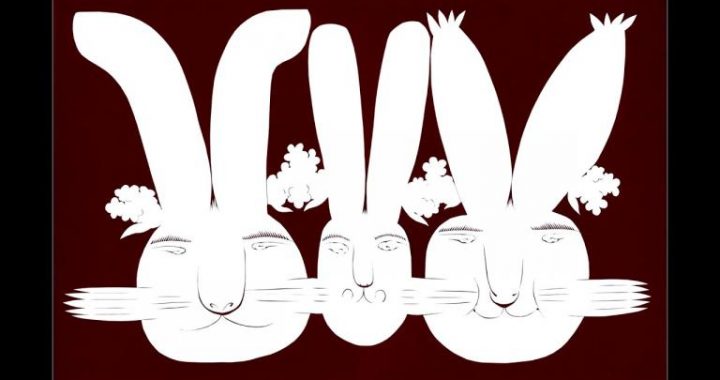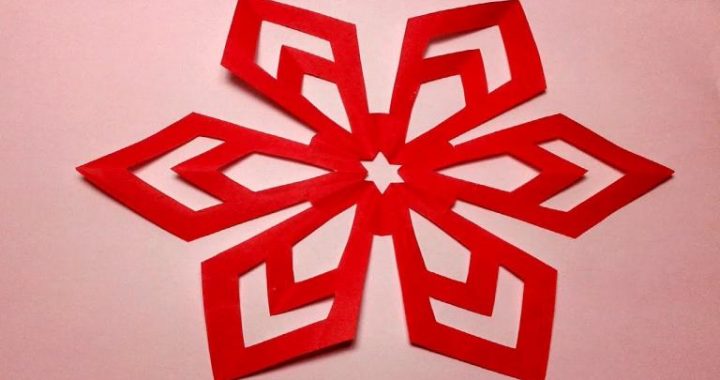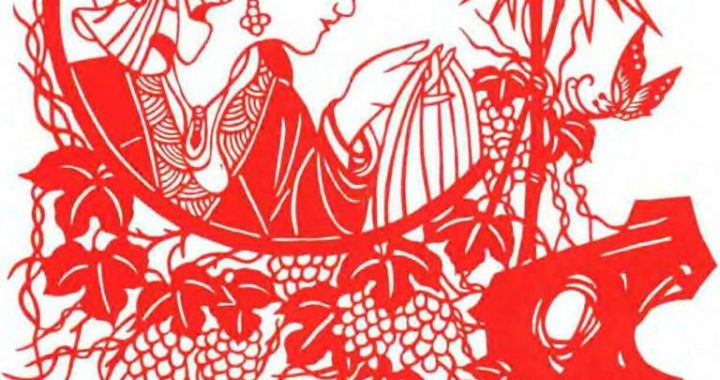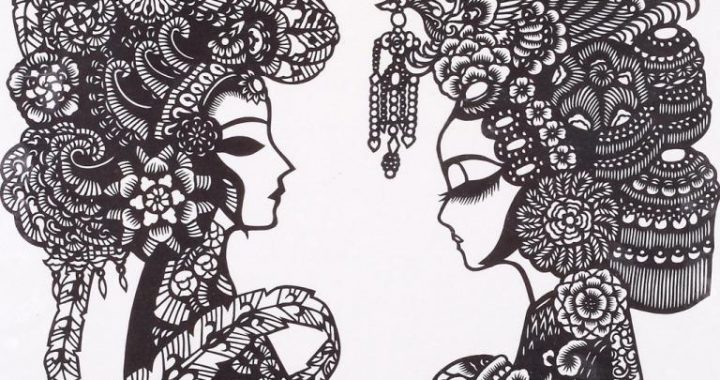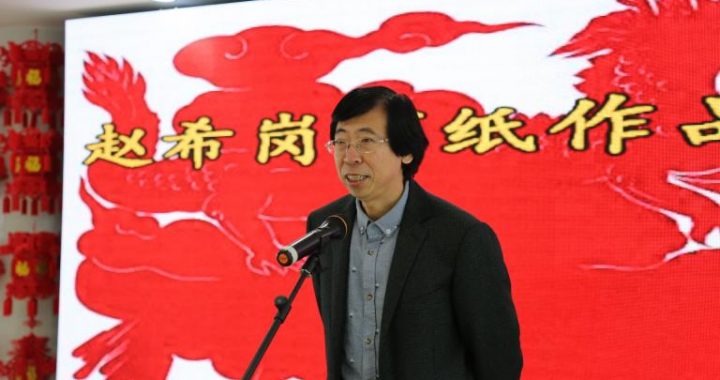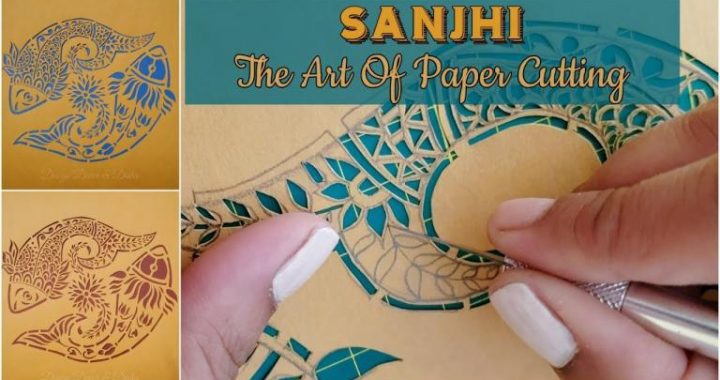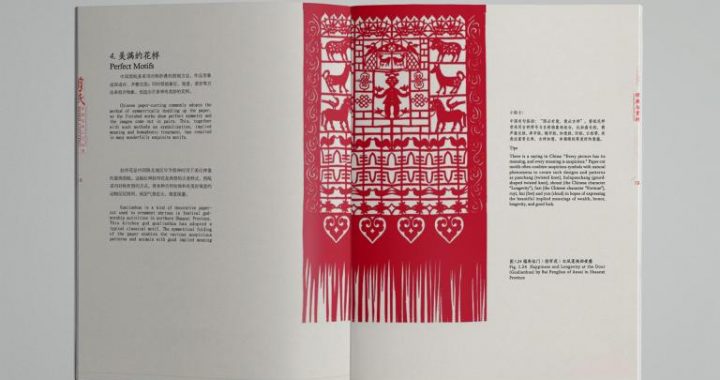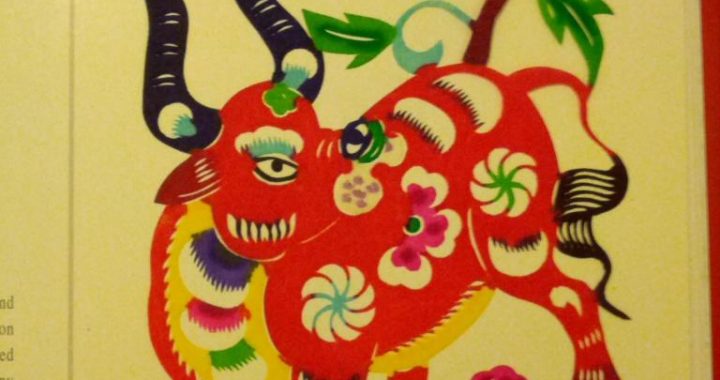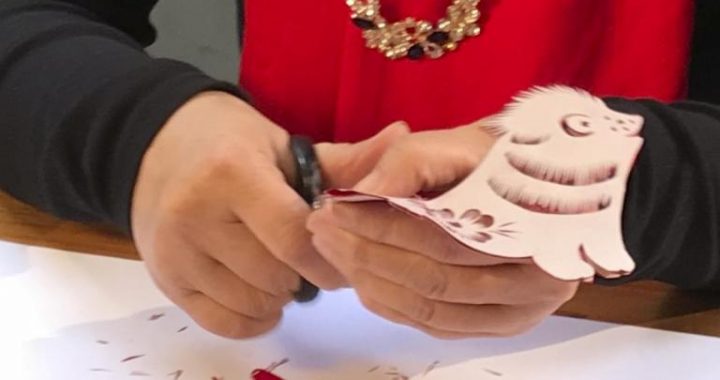Periods of Yuan, Ming and Qing
3 min readCeramics production at Jingdezhen in Jiangxi began as early as the Northern and Southern Dynasties (386-589); after nearly 1, 000 years of development it became the main production hub for imperial porcelain during the Yuan Dynasty (1271-1368)established by the nomadic Mongols. For the first time in history, potters there successfully made blue and white wares decorated with refined cobalt blue pigment, coated with transparent glaze and once-fired at a high temperature of 1, 300 degrees centigrade or so; and inspired by the Jun Kiln technique, they invented the underglaze red porcelain once-fired at a temperature of 1, 280 degr centigrade and featuring floral or human figure patterns painted with brilliant copper red pigment.
The blue-and-white technique was further improved during the Ming Dynasty (1368-1644).
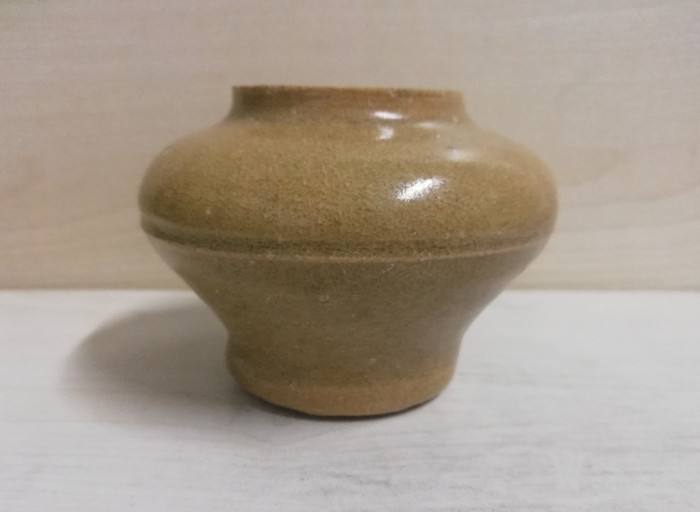
Court eunuch Zheng He (1371-1435) who made seven voyages to the Western Seas (referring to seas and lands west of the South China Sea) from 1406 to 1433 brought back a unique cobalt blue pigment from the Middle East. By applying it to blue and white wares, an effect of wash painting was acquired. Porcelain items made in the periods of Yongle (1403-1424)and Xuande (1426-1435) were hence known to be the best.
The so-called five-color porcelain wares were fired in the reign (1573-1620)of Emperor Wanli. Technically speaking, they were improvements on what had been produced in the Cizhou Kiln during the Song Dynasty. According to legend, as the bright iron red pigment contained arsenic, cases of slow poisoning occurred among the potters. Consequently, the original glaze color of dark red turned lighter and lighter, and was close to orange by the late Qing, which becomes a good criterion at present day to judge the age of a porcelain item.
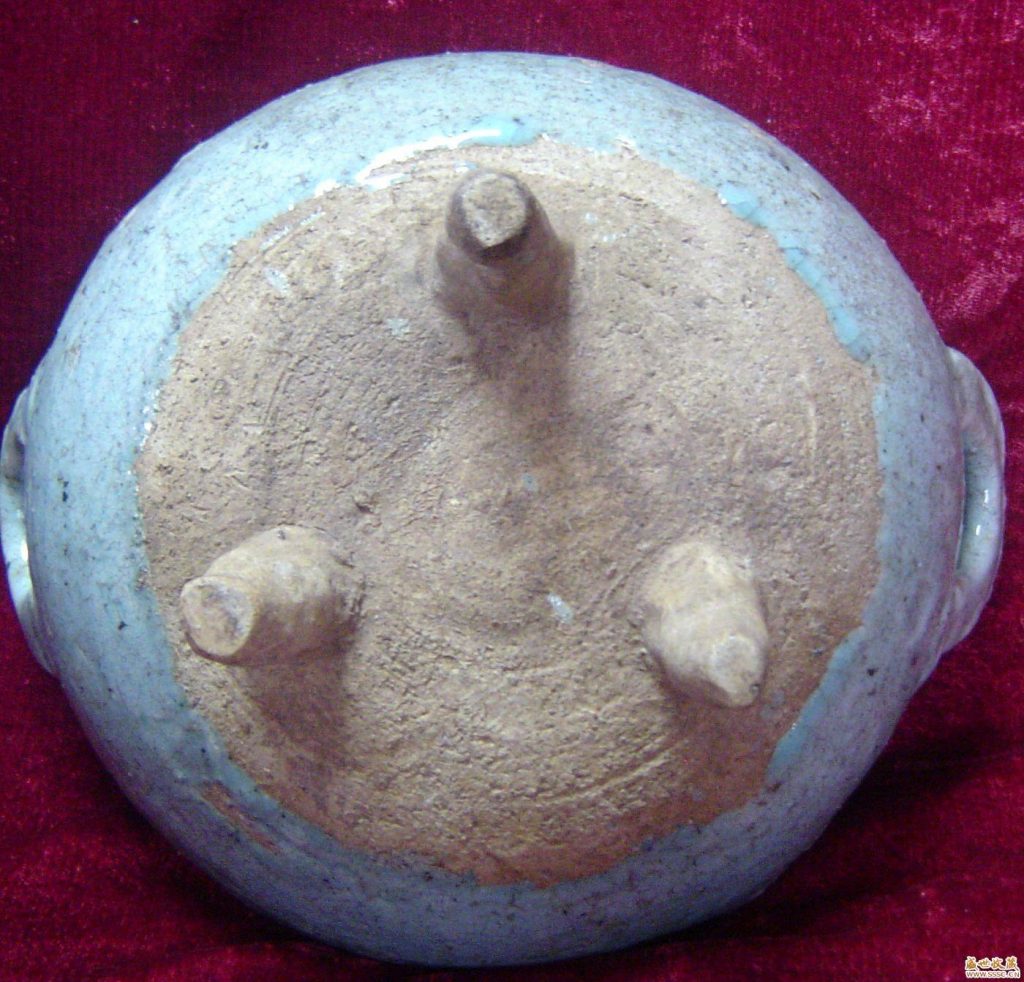
The country’s porcelain making further flourished during the Qing Dynasty (1644-1911) especially in the periods of Kangxi (1662-1722), Yongzheng (1723-1735) and Qianlong (1736-1795). The decorative patterns on porcelain items coated with mixed glazes give a three-dimensional effect, throwing the old underglaze or overglaze color porcelain into the shade. What’s more, after repeated experiments enamel ware had been successfully trial-produced by the late period of Kangxi. By applying various pigments- all imported from the Western countries, even this very day these highly finished products still retain their dazzling luster. Their body materials have ranged from gold, silver, glass, wood to boccaro earthenware made exclusively in Yixing County of Jiangsu.
Lidded Jar
Yuan Dynasty (1271-1368)
33 cm in height, 35 cm in belly diameter
Coated with a thick layer of jade green glaze, and decorated with carved stripes looking like melon’s ridges, it is a typical Longquan piece made during the Yuan Dynasty.
The lotus leaf-shaped lid adds charm and interest to this beautifully shaped object.
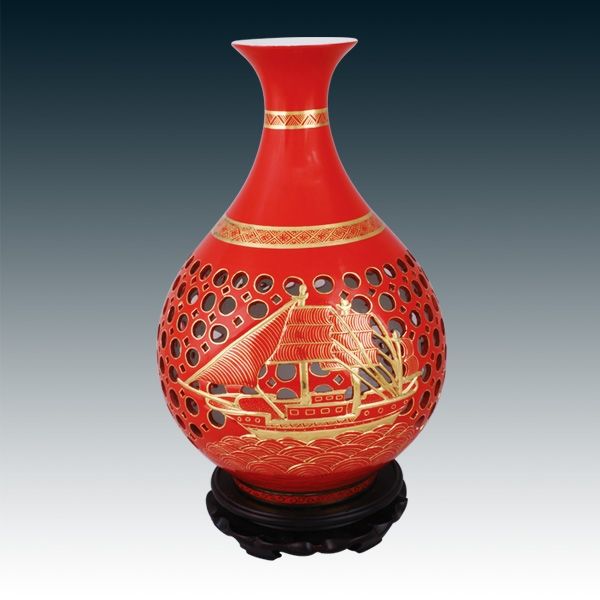
Square-shaped Brush Pot
Yuan Dynasty
20.8 cm in height
Coated with a thick layer of opaque greenish-yellow glaze, decorated with carved patterns of hermits going on a spring outing, and sprinkled with brown spots, this Longquan piece shows great ingenuity.
Underglaze Red Porcelain Vase
Yuan Dynasty
22.8 cm in height
The so-called underglaze red porcelain, which was once-fired at a rather high temperature and painted with the pigment of copper oxide, is a speciality of Jingdezhen in Jiangxi.
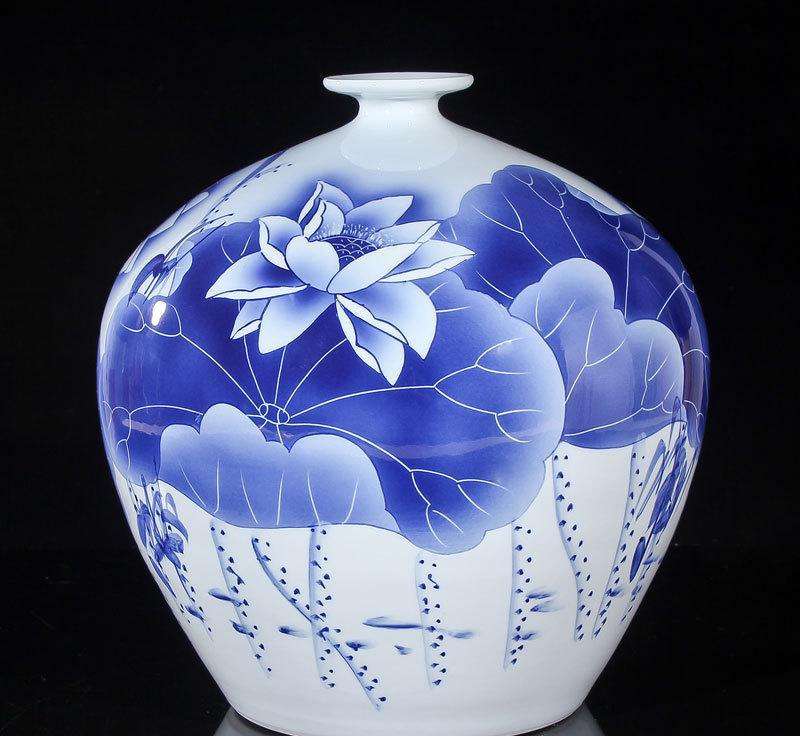
Shadowy Blue Porcelain Vase
Yuan Dynasty
31 cm in height
The shadowy blue porcelain, speciality of Jingdezhen as well, was first fired during the Northern Song Dynasty. This object decorated with engraved flowers and auspicious animals is a top-quality product of this kind.
